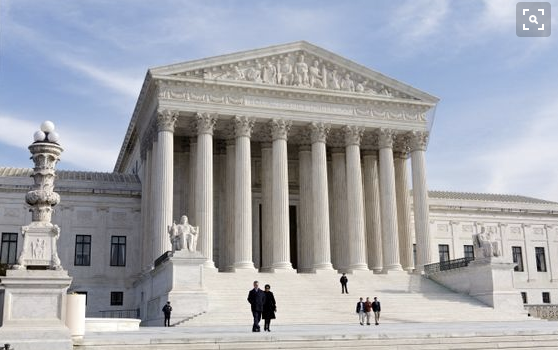Some Supreme Court watchers have been quick to interpret recent decisions as skirmishes in American “culture wars” — with some decisions (on abortion and sexual orientation) siding with the cultural left and others (on religion) siding with the cultural right.
There is another way to look at them. Viewing the decisions as a whole, rather than one by one, they can be seen not as advancing left or right but instead as protecting pluralism — the right of individuals and institutions to be different, to teach different doctrines, to dissent from dominant cultural norms and to practice what they preach.
One indication is that most of these decisions broke 7-2 or 6-3, instead of along the predictable 5-4 conservative/liberal split. At a time when American politics is toxically polarized, it is a welcome relief that members of the court, which by constitutional design is supposed to be the least political of the three branches of government, can still find common ground across ideological divides.
Read full article




